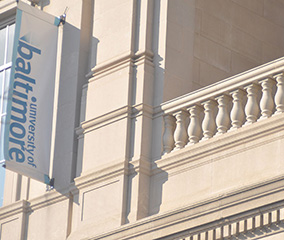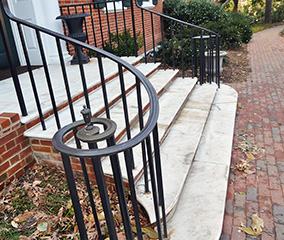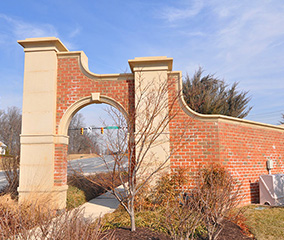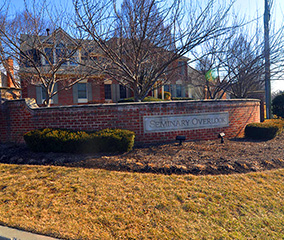
Concrete brick gives you the same classic look of traditional brick with more durability!
When you’re choosing materials for your next construction project, you should make sure that concrete brick is on your list of options. As the brick making industry has evolved, concrete brick has become a standout option thanks to its durability, appearance, and functionality. It offers all of the classic looks of traditional bricks but with significant advances in construction. Today we’ll go over a few of the reasons that concrete brick has become number one.
Enhanced Colors and Textures
One of the most significant benefits of concrete brick is that with modern technology, the color and texture can be altered to create almost any appearance. If you choose a colored option, the color is consistent throughout the brick, meaning that in case of chipping after installation, there are no color discrepancies.
Readily Available
The easy construction of concrete brick means that it can be made quickly to order, so tight deadlines can be met quickly. Often times, there is also enough pre-made to allow for immediate pickup and project startup.
Consistency
Because of the manufacturing process, which allows it to be cured in a form, concrete brick maintains a consistent, uniform size. Not only does this make for a professional, beautifully crafted appearance, but it means that any construction done with a concrete brick will have a consistent, smooth installation. The form allows for both sides of the brick to be used which means you will have less waste.
Highly Durable
If you’re looking for strong, durable construction that will last for decades, concrete brick should be at the top of your list. Concrete brick is designed for high strength and will withstand even the most excessive wear and tear. Not to mention, it can’t rot and will be less likely to crack or fracture.
Contact Del Prete Masonry Today for Your Next Construction Project!
If you are ready to upgrade your home or commercial building with professional masonry installation or replacement, Del Prete Masonry has the experience and expertise to get the job done right for the right price. To explore our residential and commercial services and set up a consultation, please give us a call at 410-683-0650 or contact us online. We currently serve Baltimore City and County, Harford County, Carroll County, Anne Arundel County, and Howard County. To see examples of our work and get more updates, follow us on Facebook, Twitter, Google+, and Pinterest.































 If you have been thinking of installing a masonry structure, then you may have already thought over the materials. And while concrete, limestone, and natural stone all have their benefits, have you considered brick? There are several reasons why brick might be the ideal choice for your masonry project.
If you have been thinking of installing a masonry structure, then you may have already thought over the materials. And while concrete, limestone, and natural stone all have their benefits, have you considered brick? There are several reasons why brick might be the ideal choice for your masonry project.






